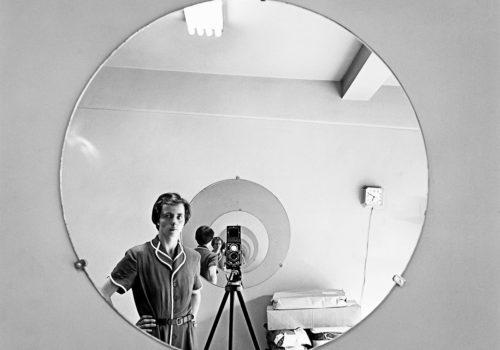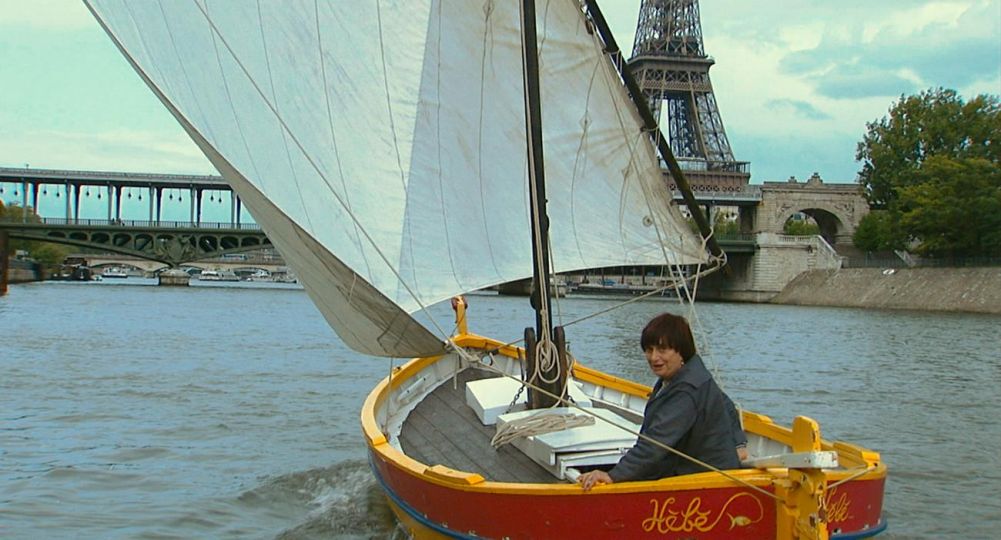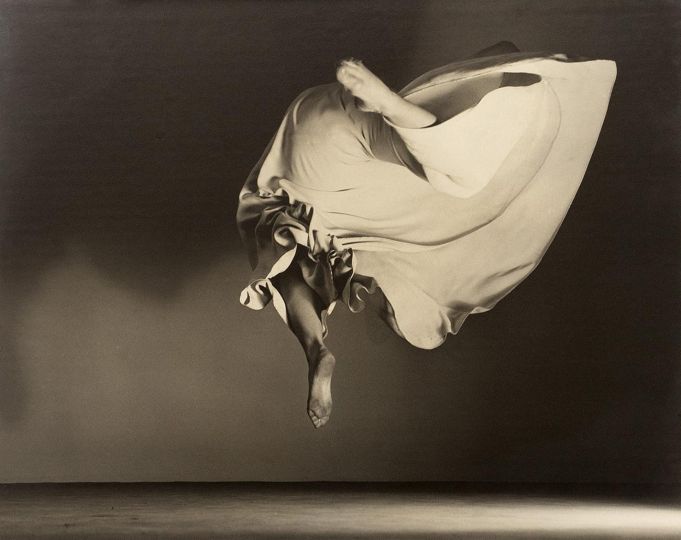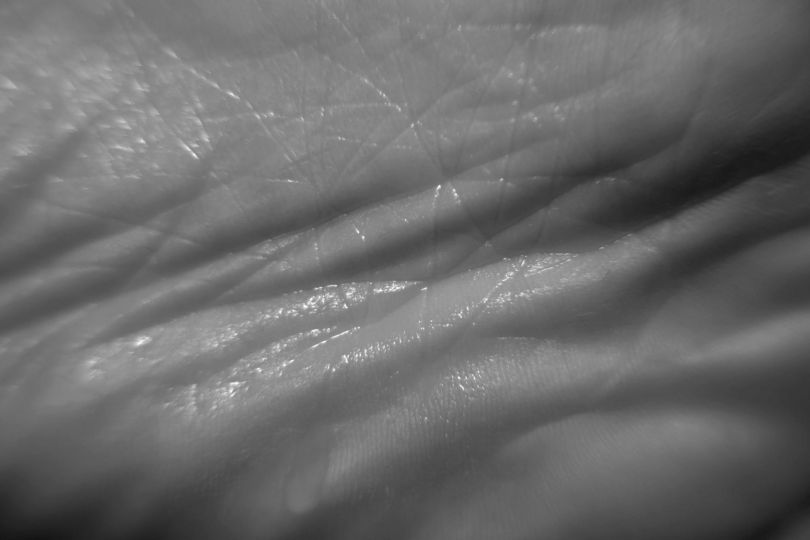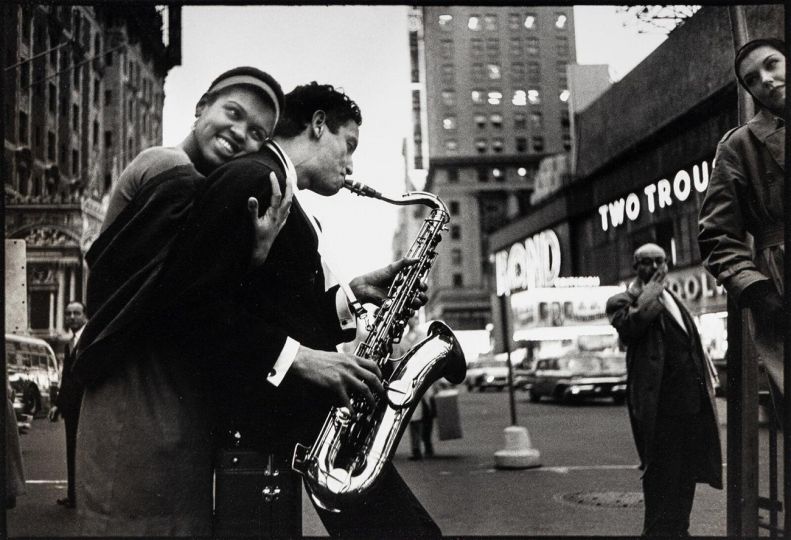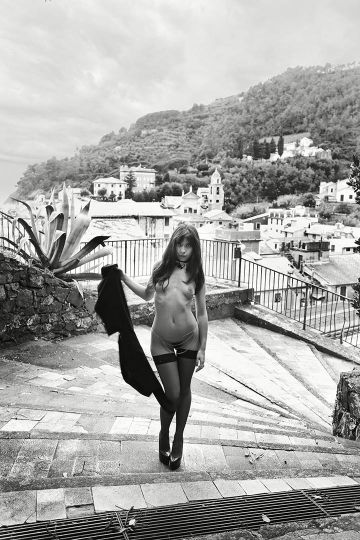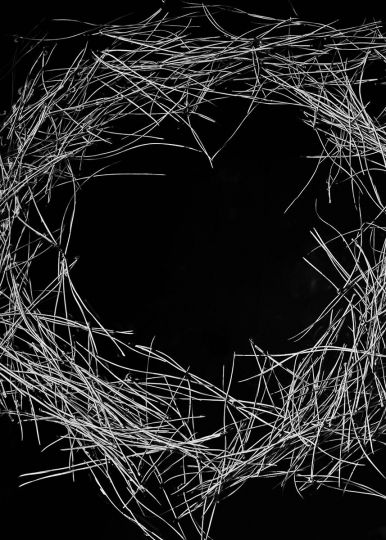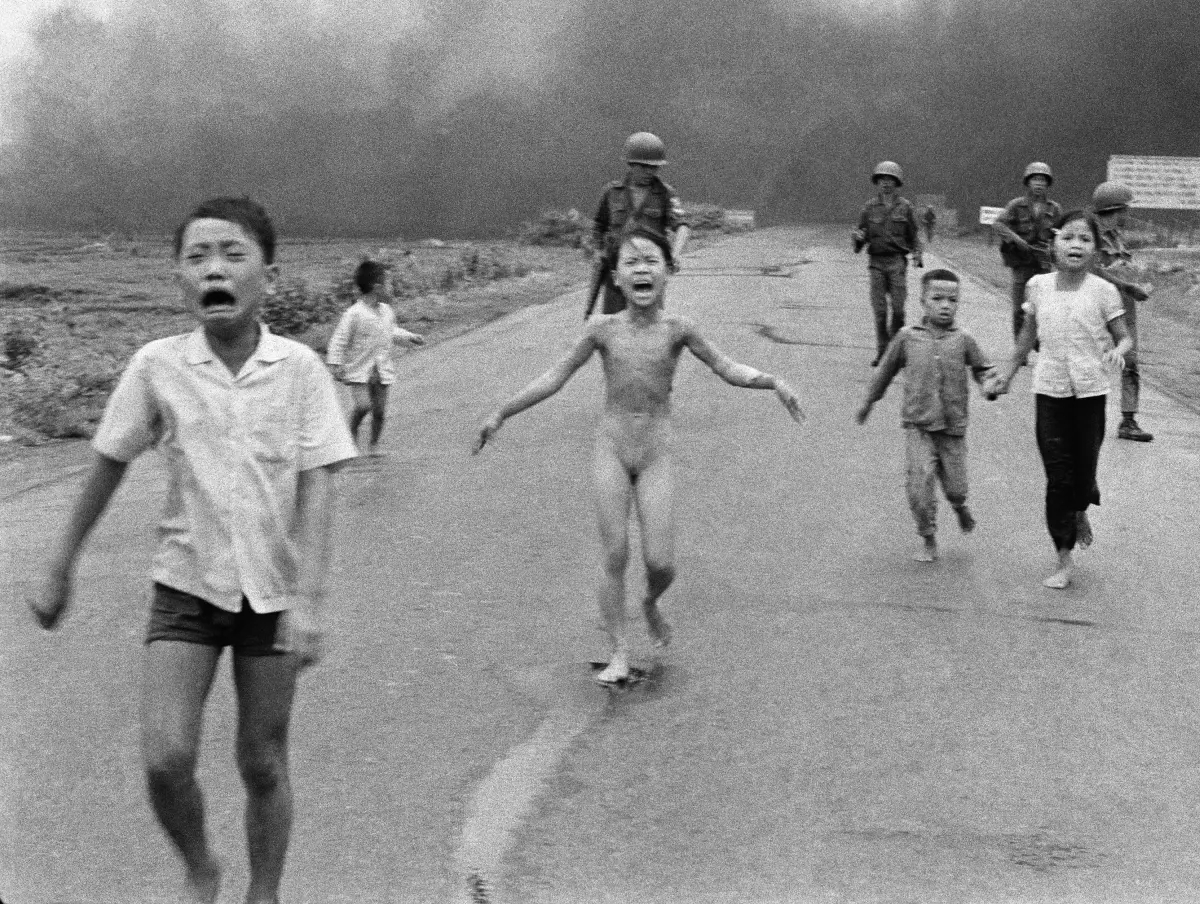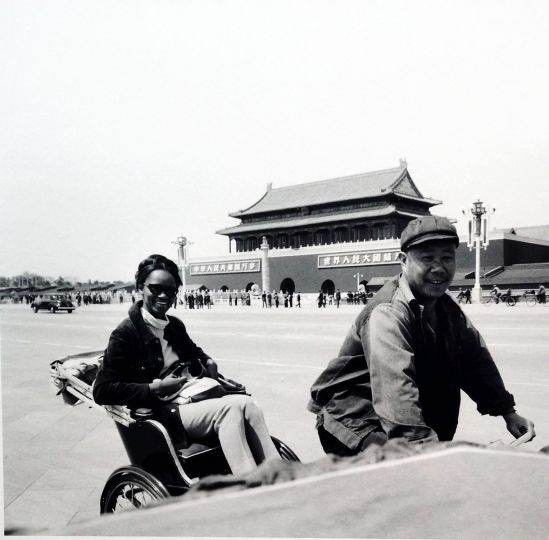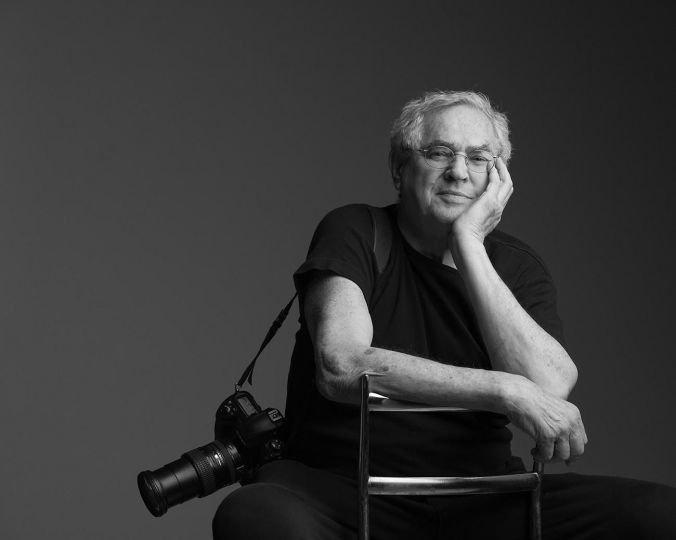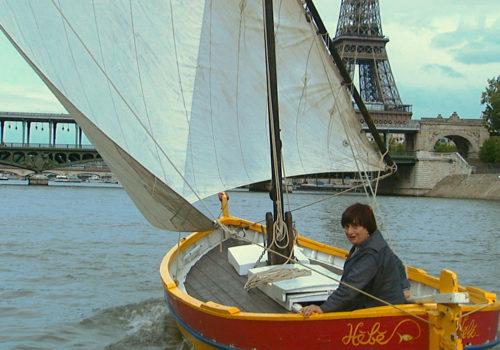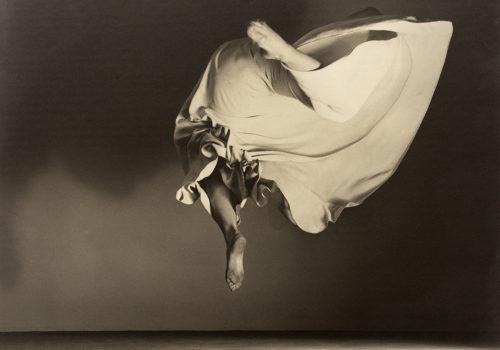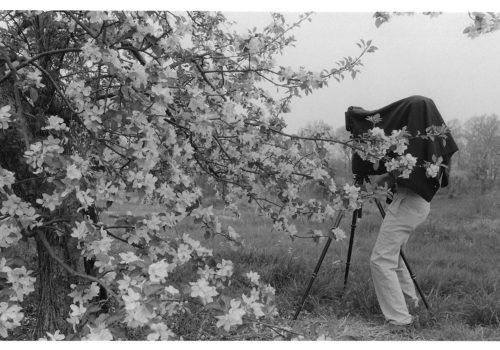Vivian Maier’s Enigmatic Hinterland by Sean Sheehan
The story has now been told many times: a person defaults on their storage lockers, the contents go to auction and a bonanza of undeveloped film, negatives and prints are revealed. When some of the material is released on the internet, the unknown photographer is discovered to be a woman, Vivian Maier, a resident of Chicago where she lived for fifty years.
The majority of Maier’s lifetime prints were of French landscapes, the country her grandmother had left and where Vivian bought her first camera when she went there in 1950 to claim an inheritance. A self-taught photographer, she pursued her hobby after returning to New York and gaining steady employment as a nanny. The purchase of a Rolleiflex, held at waist height, allowed inconspicuous picturetaking on the city’s streets – she called them ‘shooting safaris’ – and encouraged her penchant for self-portraits in mirrored surfaces. After an uninspiring move to California, she serendipitously arrived in Chicago where she settled down, again as a nanny, pursued her interest in photography and took six months’ leave to travel around the world as a passenger in a freighter.

